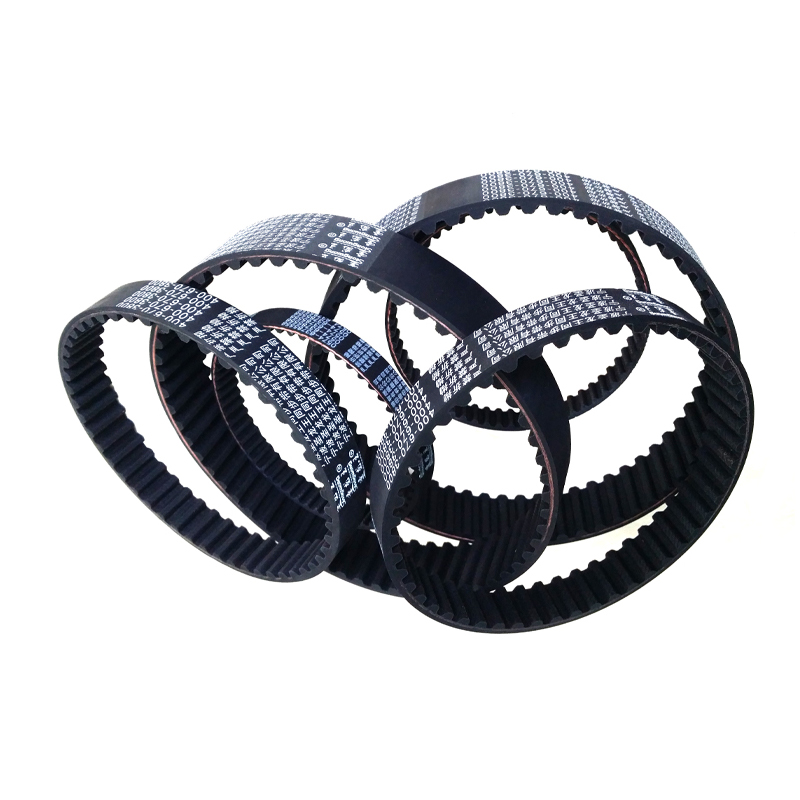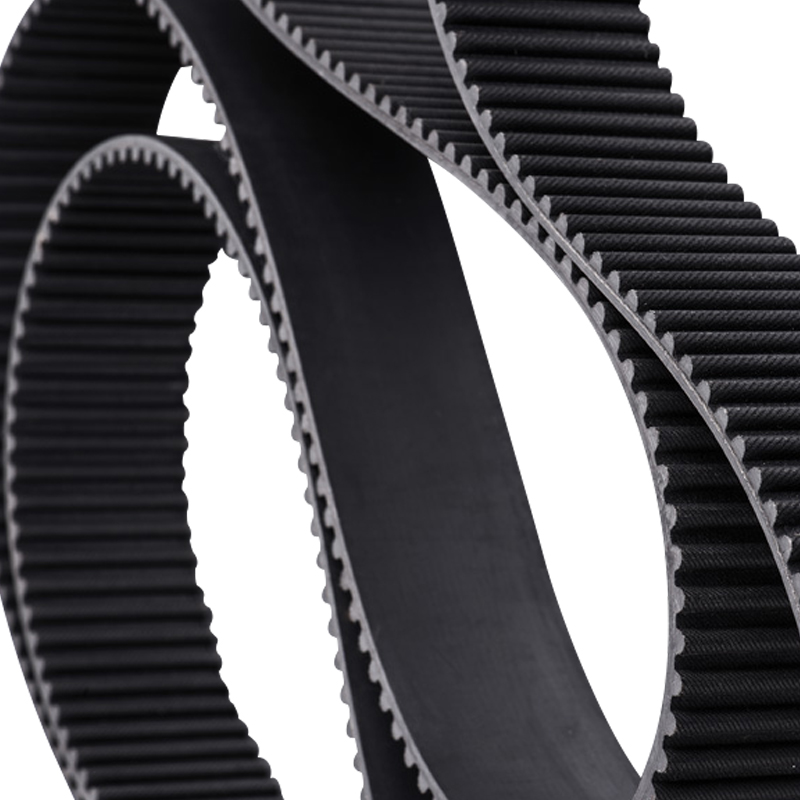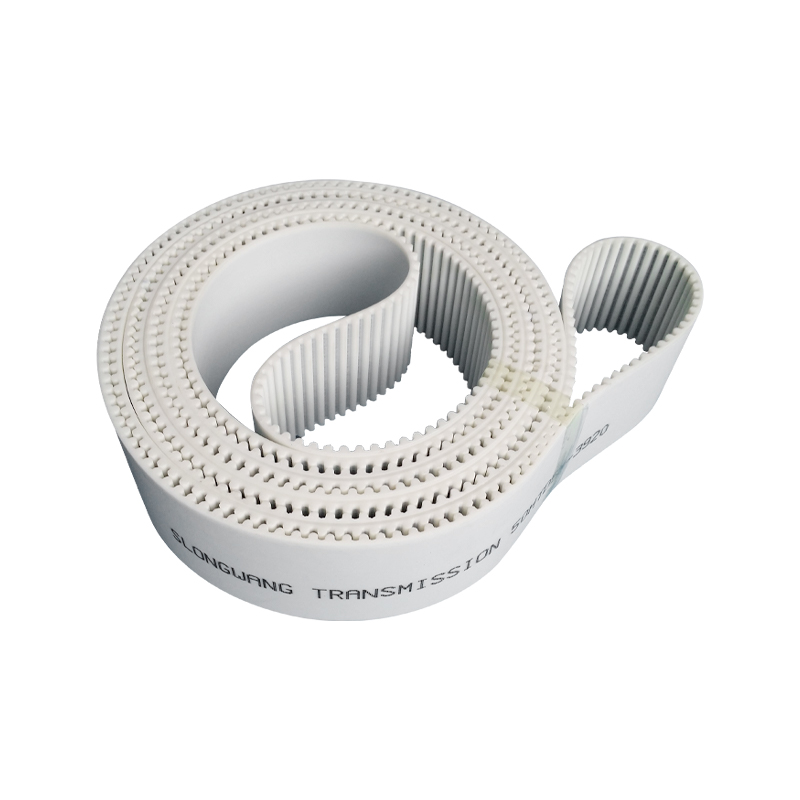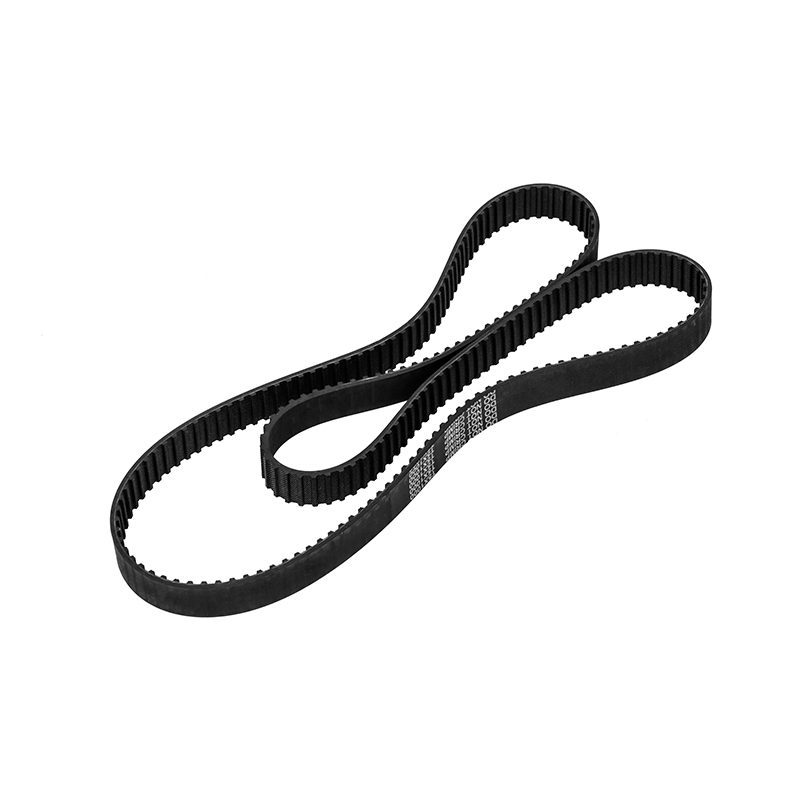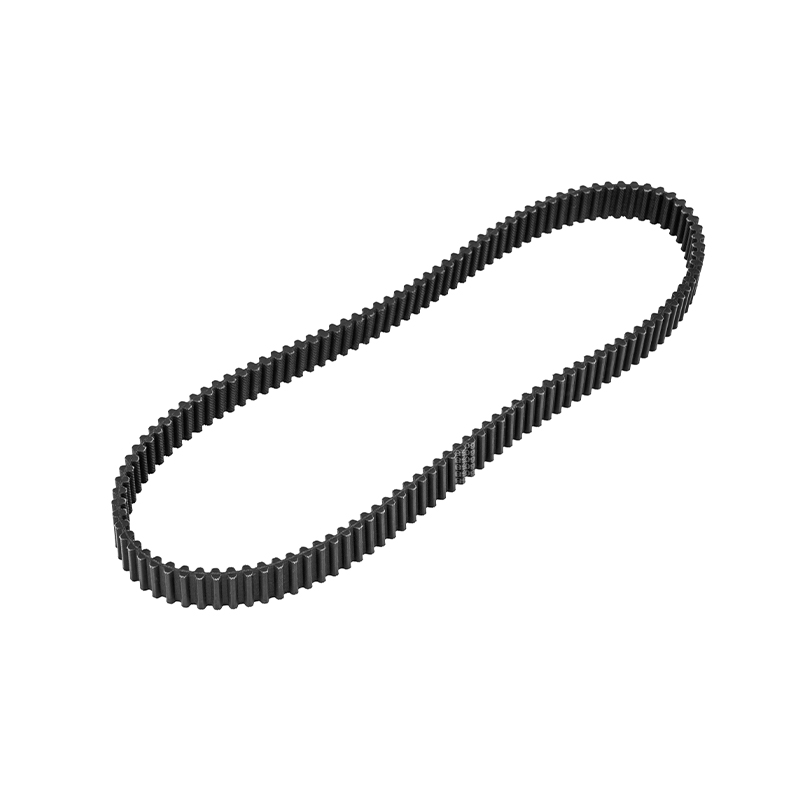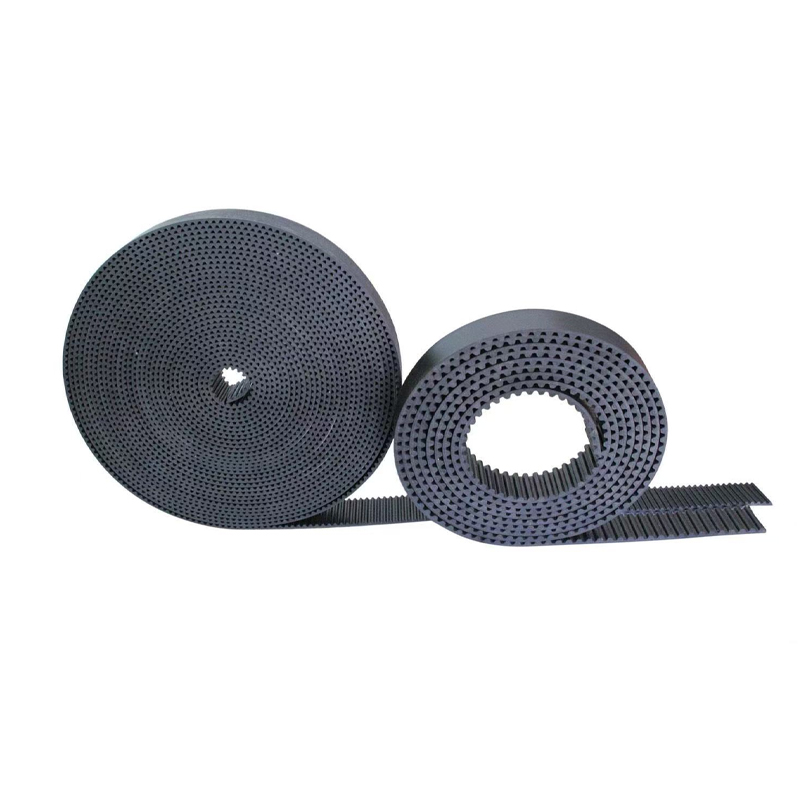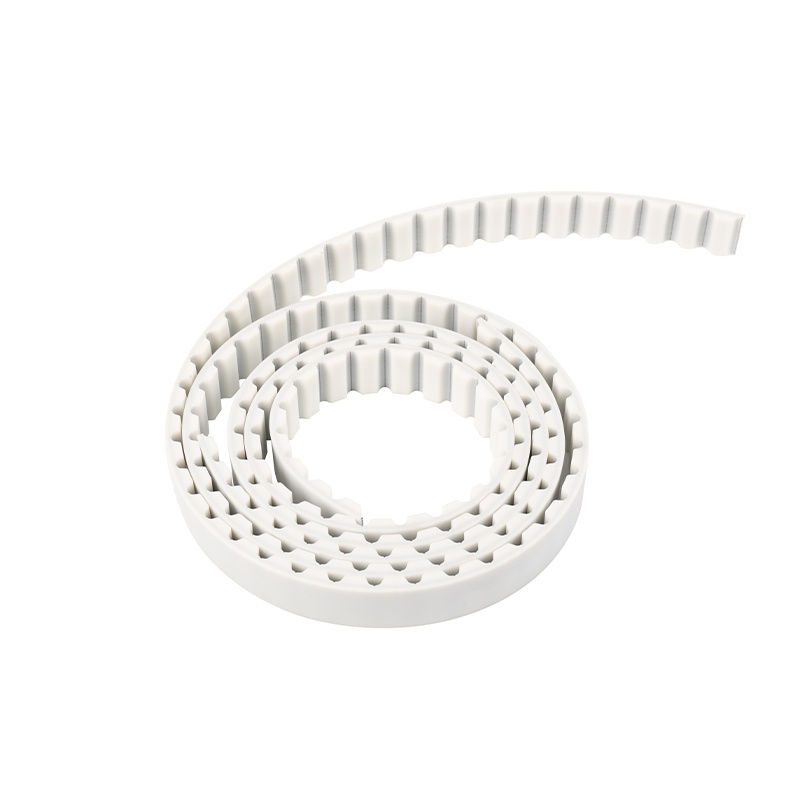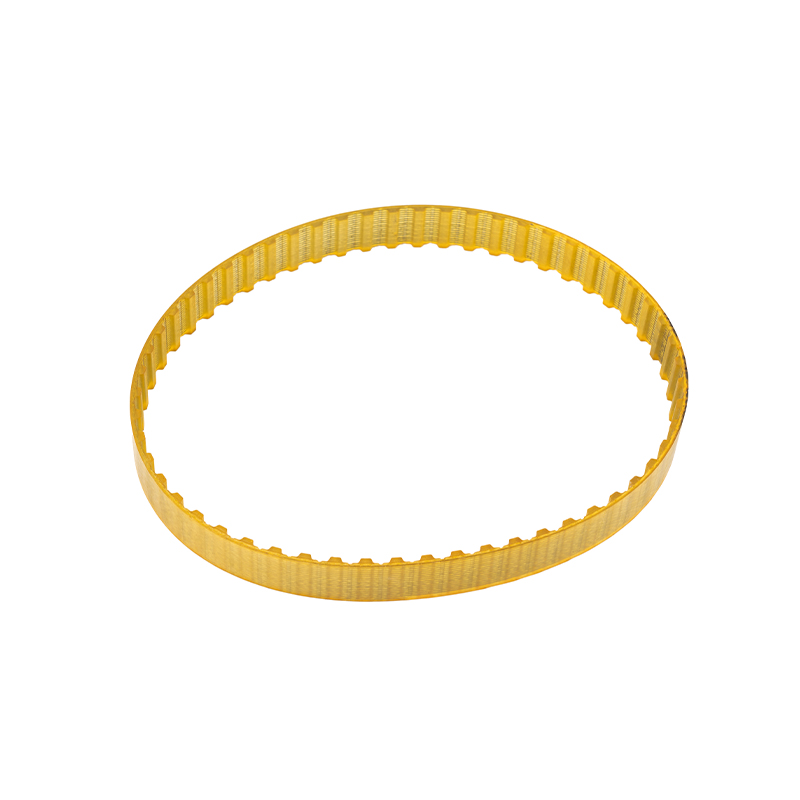How Rubber Timing Belts Contribute to Engine Noise Reduction and Smoother Operation
2025-10-01
Content
In modern automotive engineering, achieving a balance between power, fuel efficiency, and overall driving comfort is paramount. One component that plays a key role in enhancing engine performance while also minimizing distractions is the timing belt. Among the different types of timing belts, rubber timing belts have become the preferred choice due to their ability to reduce engine noise and ensure smoother operation.
Understanding the Timing Belt’s Role
To appreciate how rubber timing belts reduce engine noise and enhance smooth operation, it's important to first understand the essential role they play in engine functionality. The timing belt connects the crankshaft and camshaft, ensuring that they rotate in perfect harmony. This synchronization is crucial for the engine to function properly, as it governs the opening and closing of the engine's intake and exhaust valves.
When the timing belt maintains proper synchronization, the engine operates efficiently, allowing for optimal power generation and fuel combustion. However, if this synchronization is compromised—whether by a loose timing belt or poor alignment—engine performance suffers. Rubber timing belts, designed with flexibility and resilience, are crucial in maintaining this precise timing while minimizing engine noise and vibration.
How Rubber Timing Belts Reduce Engine Noise
One of the primary reasons rubber timing belts are favored over traditional metal chains is their ability to reduce engine noise. Here’s how they work their magic in quieting down engine operation:
Vibration Absorption and Damping
The elasticity of rubber is the key to its effectiveness in absorbing vibrations. Every engine, particularly in internal combustion designs, generates mechanical vibrations as the crankshaft rotates and the camshaft adjusts the timing of the intake and exhaust valves. These vibrations, if left unchecked, can transfer through the engine structure, increasing the overall noise level and affecting the comfort of the driver.
Rubber timing belts are designed to absorb and dissipate these vibrations before they can propagate through the engine. The belt’s flexibility allows it to act as a shock absorber, absorbing the kinetic energy generated by the engine’s moving parts. This dampening effect significantly reduces noise and vibration from the timing system, providing a quieter driving experience. Metal timing chains, by contrast, are rigid and more prone to amplifying these vibrations, leading to higher noise levels.
Noise Reduction from Teeth Meshing
Rubber timing belts typically feature toothed designs that mesh with corresponding gears on the crankshaft and camshaft. The meshing of these teeth can generate noise, especially as the teeth come into contact with each other at high speeds. Rubber’s softer and more compressible nature reduces the severity of this noise compared to metal teeth, which tend to generate louder, harsher sounds when meshing.
The inherent resilience of rubber allows the teeth to engage more quietly, creating a smoother connection between the engine components. As a result, rubber timing belts not only perform their function efficiently but also produce far less noise when compared to the mechanical clanking produced by metal timing chains.
High-Frequency Noise Reduction
In addition to dampening vibrations, rubber timing belts also help eliminate high-frequency engine noises. High-pitched sounds, often perceived as whining or screeching, are common in engines with metal timing chains. These frequencies can be especially irritating to drivers and passengers, contributing to an overall noisy cabin environment.
The sound-dampening properties of rubber are particularly effective at minimizing these high-frequency noises. Rubber, as a material, absorbs sound waves more effectively than metal, reducing the amount of high-pitched noise that escapes the engine compartment and enters the cabin. This results in a smoother, more pleasant driving experience.
How Rubber Timing Belts Contribute to Smoother Engine Operation
Beyond simply reducing noise, rubber timing belts are integral to achieving smoother engine operation. Here are the ways in which these belts help create a more refined driving experience:
Flexible Power Transmission
Rubber’s inherent flexibility is crucial for ensuring that power is transmitted smoothly between the crankshaft and camshaft. As the engine operates, the timing belt transfers the rotational power of the crankshaft to the camshaft. The elastic properties of rubber allow for a gentle and controlled transfer of this power, ensuring that the engine’s valve timing remains consistent and accurate.
This flexibility helps to minimize jerky movements or misalignments in the engine’s mechanical systems. In contrast, metal timing chains, with their rigid structure, can create slight disruptions in the power transfer, leading to rough operation and inconsistent performance. The result is a much smoother operation of the engine overall.
Consistent Tension and Prevention of Slippage
A key feature of rubber timing belts is their reinforced design, often using fibers like Kevlar or fiberglass. These fibers help maintain consistent tension throughout the life of the belt, preventing it from stretching, slipping, or losing its ability to maintain proper timing.
With metal timing chains, the risk of stretching or becoming loose is higher, which can cause the engine’s timing to become misaligned. This misalignment can lead to rough idling, misfires, or a lack of power. By maintaining proper tension throughout their lifespan, rubber timing belts ensure the engine’s timing remains accurate, thereby contributing to a smoother, more reliable operation.
Lightweight Construction for Reduced Engine Load
Another advantage of rubber timing belts is their lightweight design. Rubber is considerably lighter than metal, which reduces the overall load on the engine’s rotating components. This reduction in weight decreases the amount of stress placed on the engine’s components, allowing them to operate more efficiently and with less friction.
A lighter timing belt also means that the engine has to work less hard to maintain proper performance. This reduction in load can help to lower engine vibration and improve fuel efficiency, all while contributing to the smoother operation of the engine. The decreased load allows for more responsive acceleration, quieter idling, and an overall smoother driving experience.
Why Rubber Timing Belts Are Essential for Modern Engines
As automotive technology continues to evolve, particularly with the increasing demand for fuel-efficient and environmentally friendly vehicles, the role of rubber timing belts is becoming more critical. Rubber timing belts offer improved noise reduction, greater durability, and better performance than their metal counterparts. These qualities make them an ideal choice for modern engines, which demand both high performance and quiet operation.
Rubber timing belts are not just beneficial in terms of noise and smoothness; they also contribute to the long-term reliability of the engine. The low maintenance and durable nature of rubber belts ensure that they can withstand high engine temperatures and pressures without compromising their performance. As engine designs become more intricate, the demand for components like rubber timing belts that offer both efficiency and quiet operation will only continue to grow.


 English
English 中文简体
中文简体